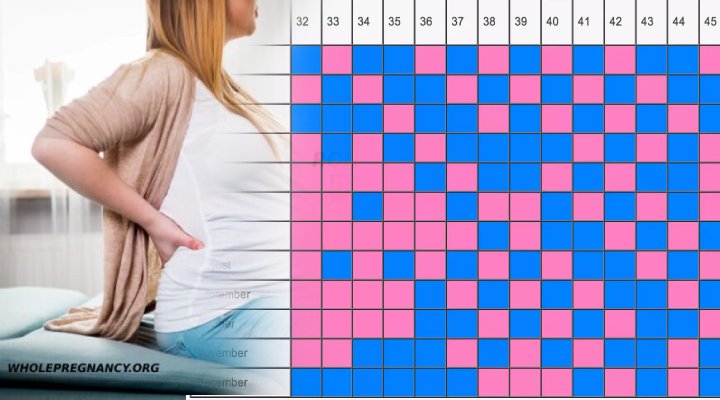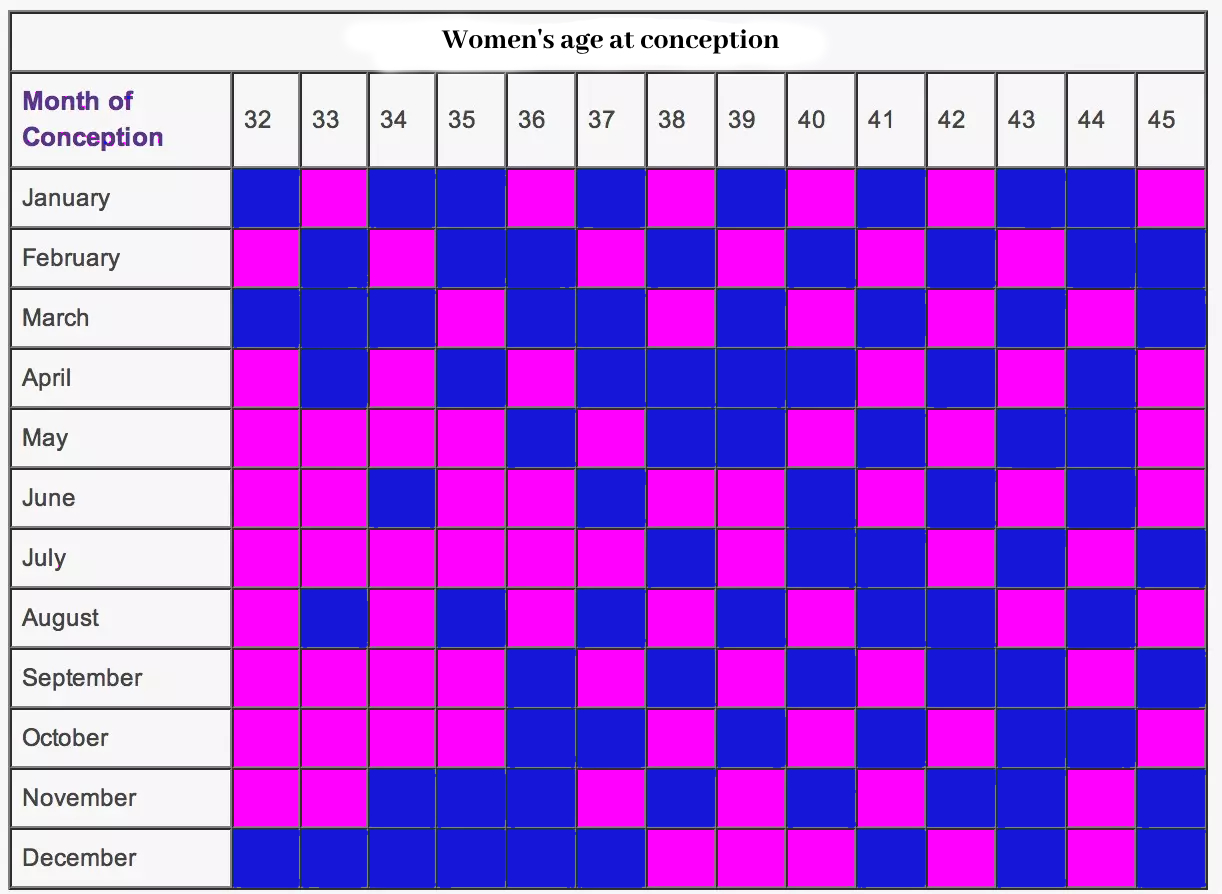Chinese Gender Predictor: Ancient Wisdom or Amusing Myth?

Pregnancy is a time filled with anticipation and curiosity. From the baby’s health to its gender, soon-to-be parents have a lot on their minds. While modern medicine offers ultrasound scans to determine a baby’s gender, there’s an ancient tool from China that’s said to predict gender based on the mother’s age and the month of conception: the Chinese Gender Predictor. But does this centuries-old method hold any scientific merit? Or is it just a fun myth for parents-to-be? Let’s delve into it.
A Glimpse into History: Origins of the Chinese Gender Predictor
The Chinese Gender Predictor, also known as the Chinese Gender Chart, is believed to have its roots in the Qing Dynasty, more than 700 years ago. Legend has it that this chart was found in an ancient royal tomb and is now displayed in the Beijing Institute of Science.
This chart claims to have an accuracy rate of around 90%, although there’s little scientific evidence to back up this claim. Regardless, it remains a popular tool in Chinese culture and has gained significant attention worldwide.

How Does the Chinese Gender Predictor Work?
Using the Chinese Gender Predictor is simple:
- First, determine the mother’s age at conception. It’s essential to note that the age should be based on the Chinese lunar calendar, not the Gregorian calendar used in the Western world.
- Next, identify the month of conception, again based on the lunar calendar.
- Locate the intersection of the age and month on the Chinese Gender Chart to reveal the predicted gender: either a boy (B) or a girl (G).
However, while this method is fun and intriguing, it’s essential to approach it with a pinch of skepticism.
Science vs. Tradition: Is There Any Truth to the Predictor?
From a scientific perspective, the gender of a baby is determined by the chromosomes: a baby receives one from the mother (always an X) and one from the father (either X or Y). An XX combination results in a girl, and an XY combination results in a boy. There’s no known influence from the mother’s age or month of conception.
Some parents swear by the accuracy of the Chinese Gender Predictor, while others find it to be no more accurate than a coin flip. Most scientific studies and researchers believe the 50% accuracy rate is more aligned with chance than any deep-rooted ancient wisdom.
Why the Continued Popularity?
The appeal of the Chinese Gender Predictor can be attributed to several factors:
- Cultural Legacy: The Chinese have a rich history of blending science, astrology, and spirituality. For many, this predictor remains a cherished piece of cultural heritage.
- The Fun Factor: Whether it’s accurate or not, the process of predicting and guessing can be an exciting and entertaining activity for expecting parents.
- The Human Psyche: People are naturally curious. Tools like these, rooted in history and shrouded in mystery, naturally draw attention.
Safety First: A Word of Caution
While the Chinese Gender Predictor can be an amusing activity, it’s essential not to make any serious decisions based on its predictions. In some cultures, gender bias exists, leading to serious consequences. Remember, the health and well-being of the baby and the mother should always be paramount.
Conclusion
The Chinese Gender Predictor, with its rich history and simple methodology, continues to intrigue and entertain parents around the globe. While science may debunk its accuracy, the allure of tradition and the fun of guessing will ensure it remains a popular tool for many generations to come.
Remember, whether you’re anticipating a boy or a girl, the most crucial aspect is a healthy and happy baby. So, use the predictor for fun, but trust medical professionals for any serious insights about your pregnancy.




